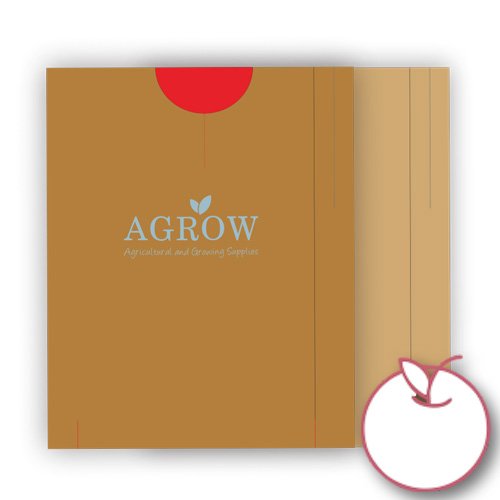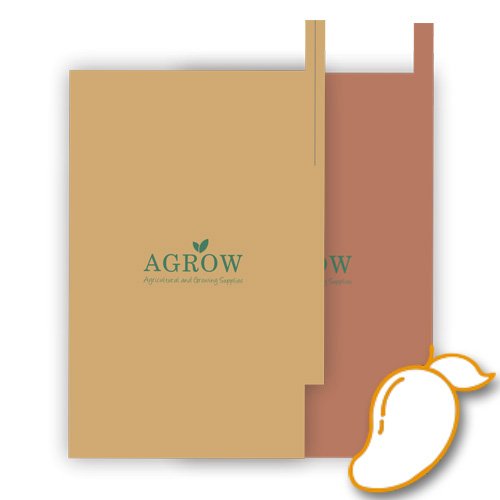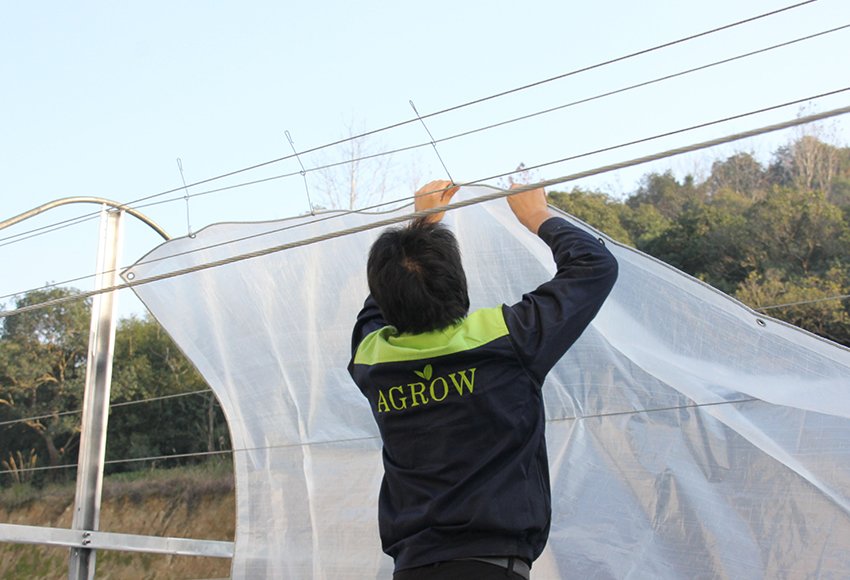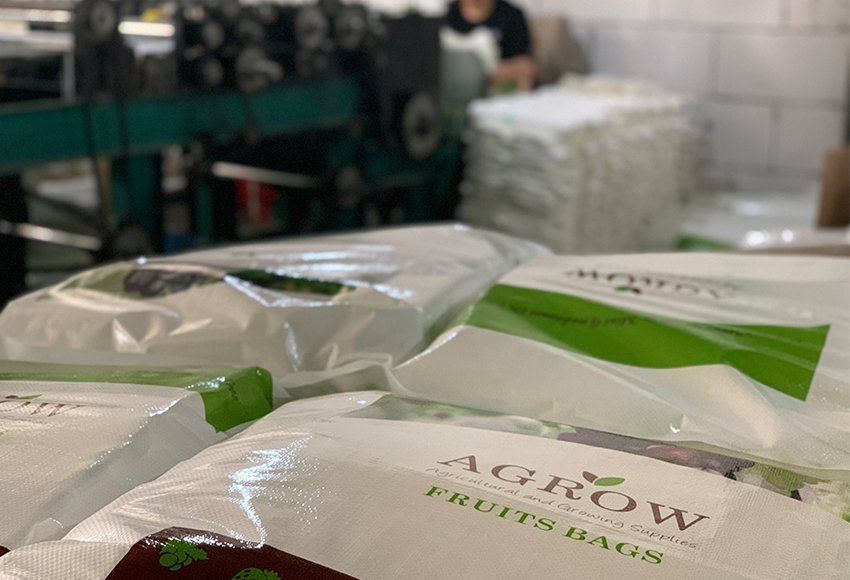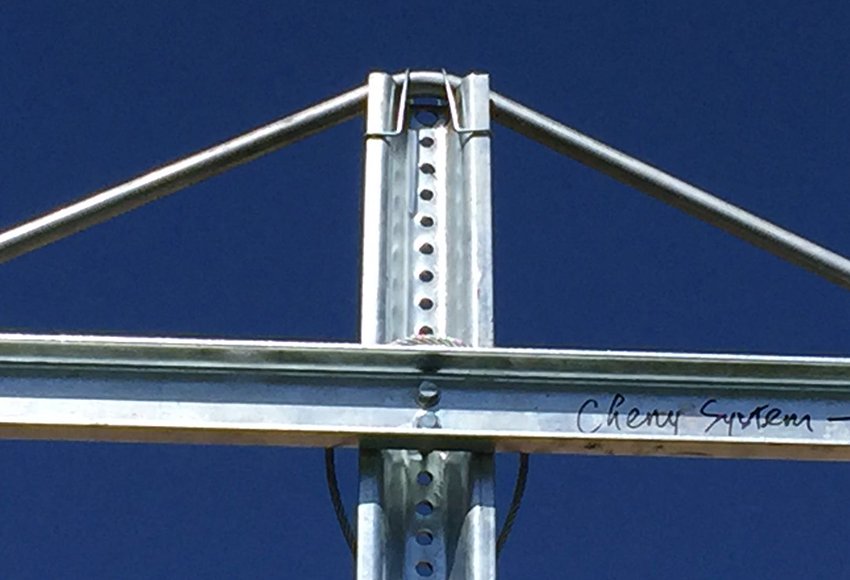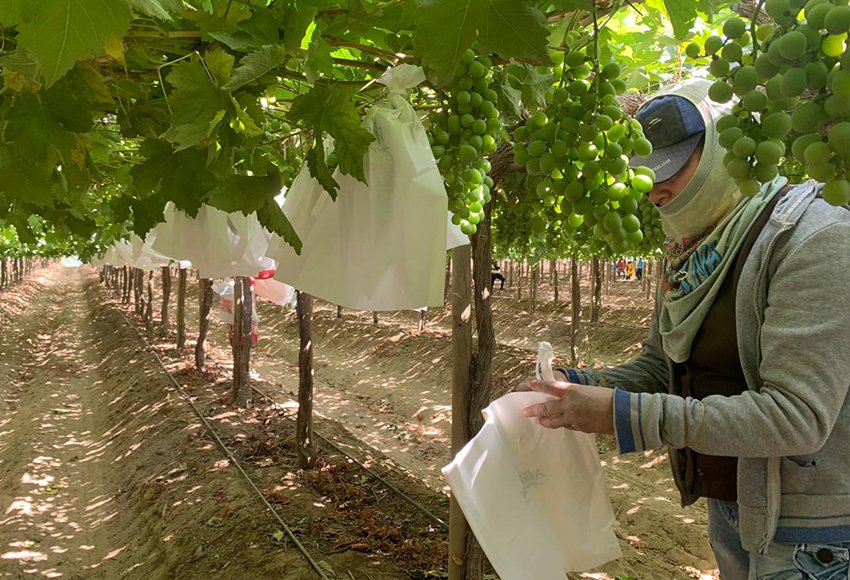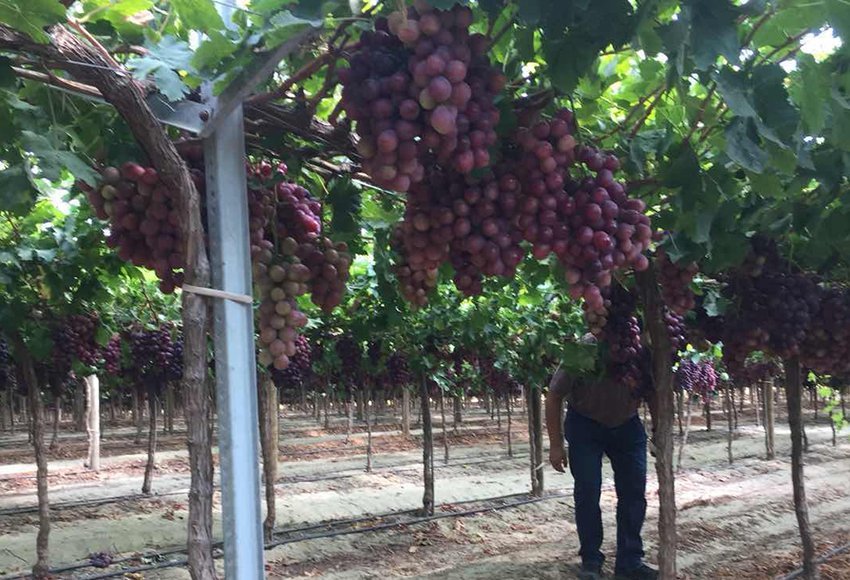Drought resistance traits of grape rootstocks discovered in research
Scientists at the University of California, Davis have recently determined the new drought resistance characteristics of grape rootstocks, which will be very helpful to the drought resistance of grapes. The research results were published in the journal Annals of Botany, accelerating the development of grape rootstocks to protect the vines from drought, and the grape and wine industries can also develop better and adapt to climate changes.
The research was initiated by Megan Bartlett, an assistant professor in the Department of Viticulture and Oenology, and came at a time when 80% of California was experiencing extreme dry weather.
Most vines are not directly rooted geographically but grafted onto the rootstock, and the rootstock constitutes the underground part of the plant, which can also play a role in supporting the growth of the above-ground part.
“Rootstocks are an important tool to manage water stress,” Bartlett said. “Our goal was to identify traits that make rootstocks drought tolerant, so that grape breeders can amplify these traits in new varieties.”
Root cell traits
The study focused on traits measuring drought responses in living root cells.
The research specifically identified capacitance – which measures how much roots shrink as they dehydrate – as an important trait for drought tolerance.
“The water that enters the roots has to cross through a band of living cells to reach the xylem – the network of pipes that carries water up to the leaves,” said Bartlett. Most research has focused on xylem traits, but the living cells are often the first to be damaged during drought.
Water will shrink and deform under pressure, and even kill active cells, causing the roots in the soil to gradually shrink and be unable to absorb the remaining water in the soil. Then the vines cannot replenish the lost water and are forced to close the small stomata on the leaves, which can absorb carbon dioxide for photosynthesis to prevent severe dehydration. But closing the stomata will stop photosynthesis and make the vines lack the necessary sugar for growth.
This study is the first to test whether measuring root shrinkage and cell collapse can capture differences in the drought tolerance of rootstocks.
Cell traits and drought resistance
The researchers grafted Chardonnay onto eight commercial rootstocks. Half of the vines experienced drought conditions and half were kept well-watered in a greenhouse experiment.
This study found that the diversity of these eight rootstocks is very surprising, and their traits are also very different. Rootstocks seem to be able to adapt to drought by changing their traits. Compared with well-hydrated vines, dry vines seem to be less prone to shrinkage and cell collapse.
Among these traits, capacitance is particularly important for drought resistance. Compared with other rootstocks, rootstocks with lower capacitance can better maintain photosynthesis during drought.
“This research gives us a new trait to target for breeding more drought-tolerant rootstocks,” study co-author and Ph.D. student Gabriela Sinclair said.
The research was supported by the American Vineyard Foundation, UC Davis, and by donations to the department from the Rossi family. Researchers at the University of British Columbia and the USDA-ARS Crops Pathology and Genetics Research Unit also contributed to the study.
– Emily C. Dooley, University of California
UC Davis researchers hope to help the wine industry by identifying traits linked to drought tolerance in grapevine rootstocks.
